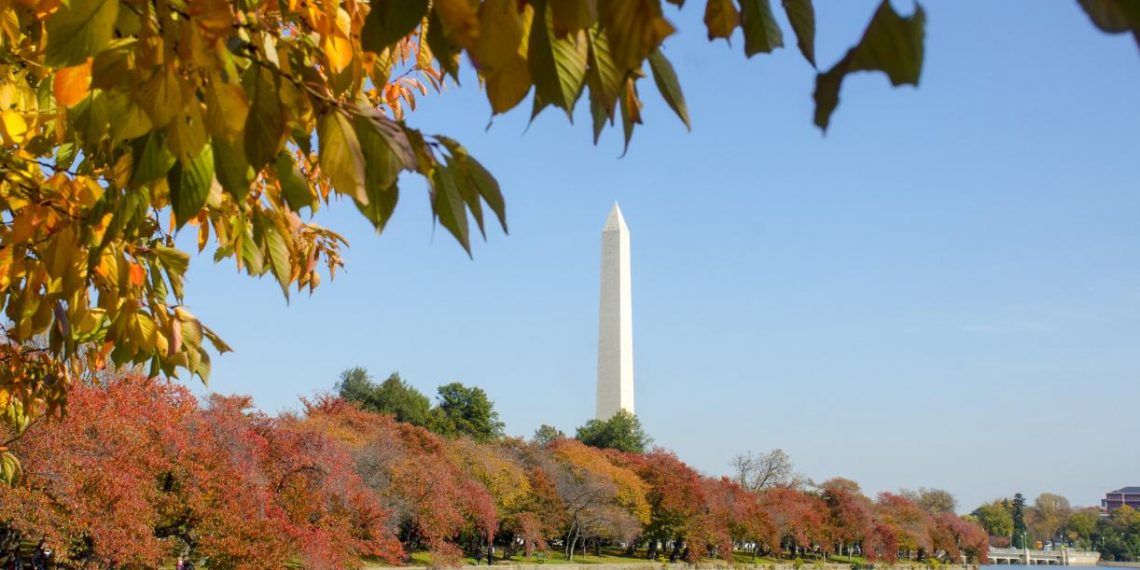The lands that underpin so much of American life, health and economy also play a key role in removing planet-warming greenhouse gases from the atmosphere and building community resilience in the face of climate change. Maximizing the carbon removal potential of lands, while avoiding land-related emissions and safeguarding the many functions our natural systems serve, requires holistic policy. Effective climate stewardship of U.S. lands requires laws and investments that reach across land types (agricultural, forest and wetlands), ownership classes (private, public and tribal) and purpose (including growth, equity and resilience).
The Climate Stewardship Act of 2021 — introduced by Representative Abigail Spanberger (VA-07) in the House and Senator Cory Booker (NJ) and Senator Kirsten Gillibrand (NY) in the Senate — would:
- Invest tens of billions of dollars into voluntary U.S. Department of Agriculture (USDA) programs that incentivize and provide technical assistance for conservation. This support would prioritize land stewardship that delivers climate benefits through natural carbon removal, such as tree planting and agroforestry.
- Focus on supporting reforestation, including provisions for dedicated tree planting in low-income communities and communities of color to address inequitable access to green space.
- Bolster data collection, technical assistance and restoration funding for coastal wetlands, supporting carbon sequestration and adaptive management.
- Integrate requirements and support for high-road labor practices that support job quality across provisions and includes the creation of a “Stewardship Corps” that would offer job training in forestry and tree restoration to young people, including youths from underserved low-income communities, tribal communities and communities of color.
Why This Legislation Is Important
Of the 3.8 million square miles of land in the U.S., about 27% is covered by forest, 5% is wetlands and 34% is used for agriculture, grasslands and pasture. These lands are critical to the resilience, economic opportunity and health of American communities. They also make up what is known as the land carbon sink — or the carbon removed and stored by plants, trees and soils — which was responsible for counterbalancing about 13% of U.S. emissions in 2020. Effective stewardship of the land carbon sink is essential to both maximize the sequestration of CO2 and avoid the release of CO2 from the degradation of natural systems.
Increasing carbon removal on U.S. lands will be essential to reaching U.S. climate goals. One economy-wide analysis finds that halving national emissions by 2030 requires a 13% increase in annual sequestration compared to 2019 alongside efforts to protect existing ecosystems from degradation. This is a mammoth task that will require enhancing the climate-smart stewardship of all kinds of lands — from farmland to wetlands — on both private and public lands. There is an urgent need for increased funding to programs that support climate action on U.S. lands, but also a need for targeted technical assistance and data collection to make that spending effective. The Climate Stewardship Act is built on this premise, and it reaches across land and program types to propose investments in the holistic climate-smart stewardship of lands.
Further, given the profound economic, public health and social values of land, managing for carbon removal alone is insufficient. Climate programming on lands needs to be paired with the prioritization of equity, support for workforce development and job quality and a broader focus on climate as part of communal well-being, which we see in the Climate Stewardship Act. If done well, investments like those in the Climate Stewardship Act propose significant opportunity for Americans. WRI research found that investing $126.6 billion over 20 years in just tree-based pathways could support approximately 199,000 jobs each year for 20 years.
Table 1: Economic Impact of Natural Climate Mitigation Pathways
| Jobs/year for 20 years | Employee Compensation per year for 20 years | Value added per year for 20 years | Taxes on Production and Imports per year for 20 years | |
|---|---|---|---|---|
| Reforestation & Restocking | 79,800 | $2.88 Billion | $4.15 Billion | $209 Million |
| Agroforestry | 49,500 | $1.78 Billion | $2.53 Billion | $137 Million |
| Wildfire Risk Mitigation | 69,600 | $3.57 Billion | $4.67 Billion | $264 Million |
| Totals | 198,900 | $8.22 Billion | $11.34 Billion | $610 Million |



